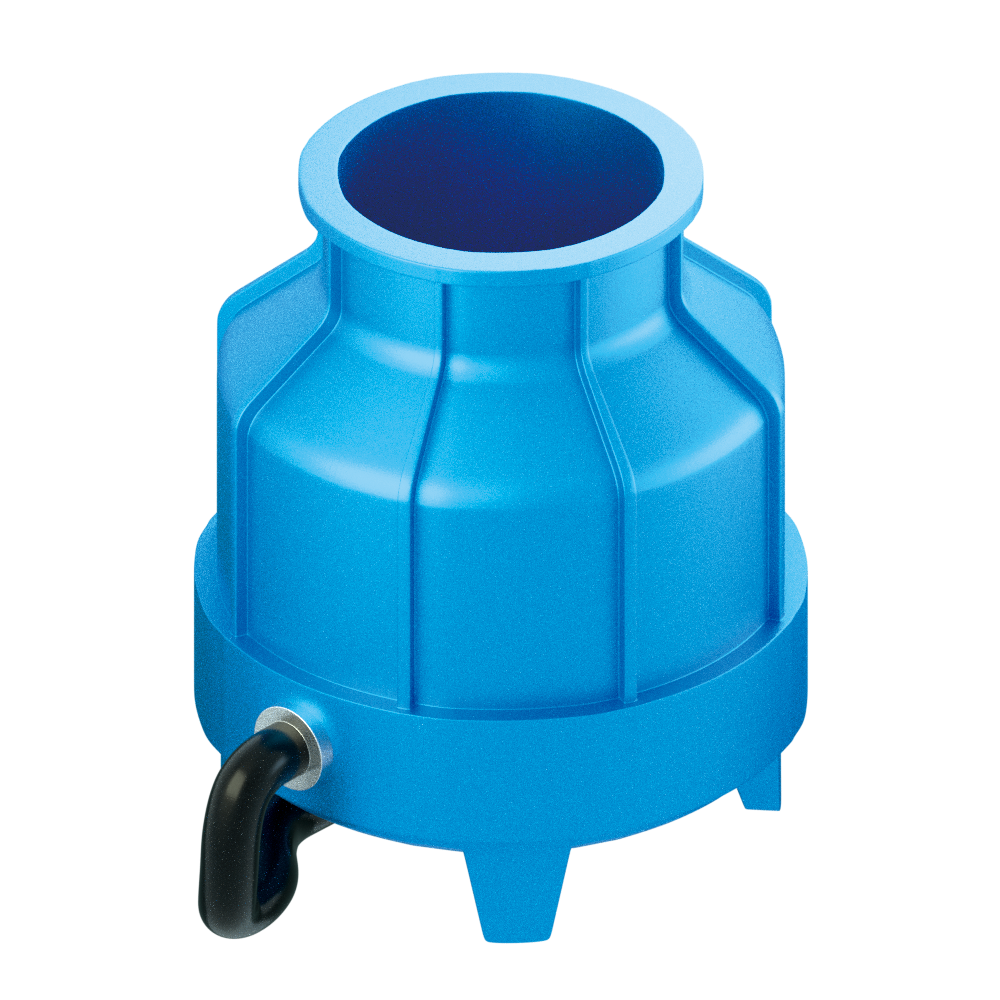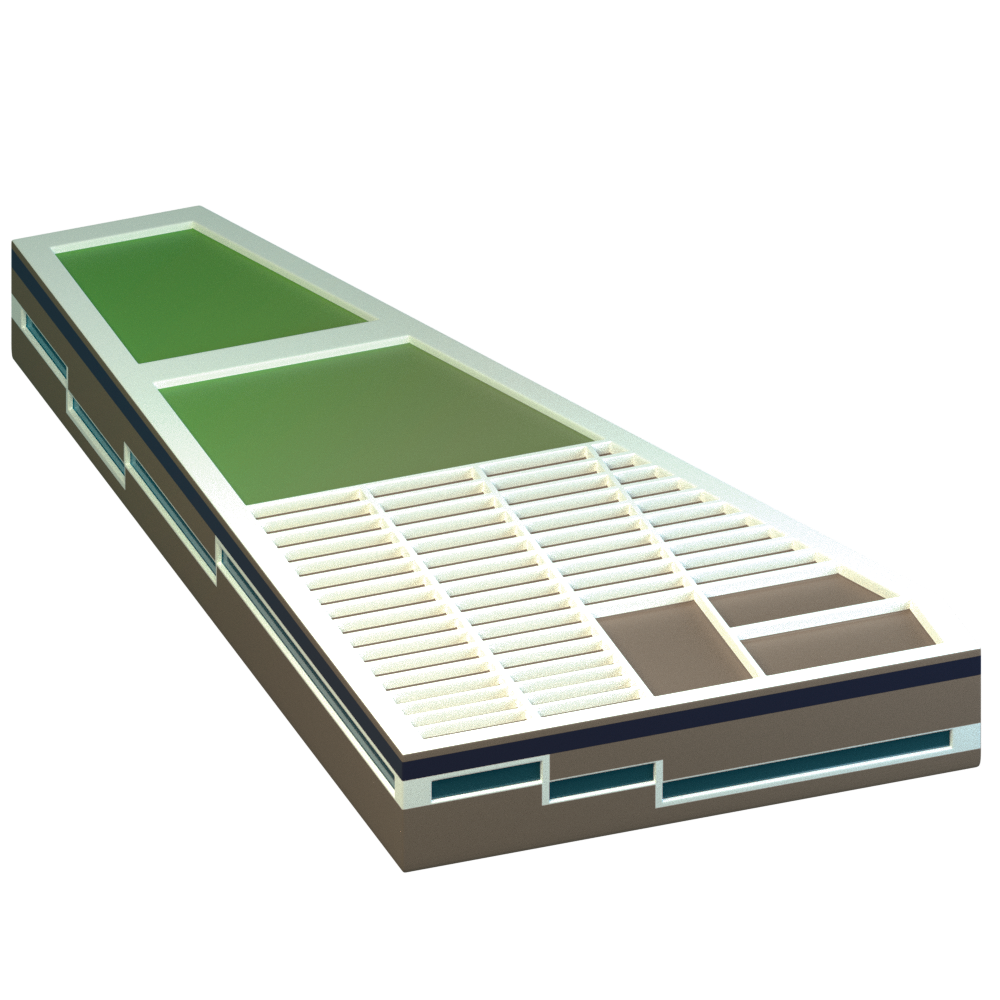
JUN
Signed the memoranda of co-operation for E&M InnoPortal with five local universities and seven technological research institutions to establish strategic partnerships for strengthening collaboration on innovation and technology research and development.
Skill Assessment Centre commenced service to provide fundamental skills training and evaluate technician trainees’ skill levels with advanced facilities.
Issued the Technical Guidelines on Building Energy Code 2018 Edition to help stakeholders better understand the requirements in the revised Building Energy Code published under the Buildings Energy Efficiency Ordinance (BEEO).
JUL
Plaque Unveiling Ceremony of Guangzhou-Hong Kong Electrical and Mechanical Talent Training Base for strengthening the training and collaboration of E&M talents in Guangzhou and Hong Kong.
Issued the Technical Guidelines on Energy Audit Code 2018 Edition to help stakeholders better understand the requirements in the revised Energy Audit Code published under the BEEO.
AUG
Signed the memoranda of co-operation with the Guangdong Provincial Association for Science and Technology, the Guangdong Productivity Centre and the Guangdong Academy of Sciences, for broadening our source of innovation and technology solutions and fostering knowledge and experience exchange with the Greater Bay Area.
DEC
Launched two mobile applications, E&M Connect and E&M Trade App, for the public and the trade to access electronic services related to energy saving, E&M service providers and latest updates from the EMSD.
Implemented the third phase of the Mandatory Energy Efficiency Labelling Scheme (MEELS) with an expanded scope.
FEB
Fully opened the Skill Development Centre at the EMSD Headquarters Building for developing technicians’ technical skills to meet international standards and skills for digitisation.

The third phase of Mandatory Energy Efficiency Labelling Scheme (MEELS) has been fully implemented since December 2019, with the scope expanded to include three additional types of electrical products, namely, televisions, storage-type electric water heaters and induction cookers. To date, the scheme covers a total of eight types of prescribed products that account for approximately 70% of residential annual electricity consumption.
ENERGY EFFECTIVENESS OF MANDATORY ENERGY EFFICIENCY LABELLING SCHEME
Equivalent to
- ➤ Annual electricity consumption of about 125,000 households
- ➤ About 420,000 tonnes of carbon dioxide (CO2) equivalent emission reduction

The Buildings Energy Efficiency Ordinance (BEEO) has been effective since 2012 to regulate energy efficiency standards of designated building services installations. The implementation of BEEO is expected to save about 2 billion kWh of electricity annually by 2025.
ENERGY EFFECTIVENESS OF BUILDINGS ENERGY EFFICIENCY ORDINANCE
Equivalent to
- ➤ Annual electricity consumption of about 420,000 households
- ➤ About 1,400,000 tonnes of CO2 equivalent emission reduction

The wider adoption of fresh water cooling towers (FWCTs) is advocated for air-conditioning system because of having higher energy efficiency than air-cooled air-conditioning systems. By the end of March 2020, a total of 1203 applications had been received, while 2762 FWCTs had been approved for installation. The successful installation of these FWCTs can conserve approximately 574 million kWh electricity per year, equivalent to about 402000 tonnes of carbon emission reduction.
ENERGY EFFECTIVENESS OF FRESH WATER COOLING TOWERS
Equivalent to
- ➤ Annual electricity consumption of about 120,000 households
- ➤ About 402,000 tonnes of CO2 equivalent emission reduction

The District Cooling System (DCS) has been introduced as an innovative way to centralise the energy-efficient air-conditioning system for multiple buildings in the Kai Tak Development, including the EMSD Headquarters Building. Comparing with traditional air-cooled systems or individual water-cooled systems, DCS consumes 35% or 20% less electricity respectively. It is estimated that about 85 million kWh electricity will be saved annually upon completion of the Kai Tak DCS project in 2025.
ENERGY EFFECTIVENESS OF KAI TAK DISTRICT COOLING SYSTEM PROJECT
Equivalent to
- ➤ Annual electricity consumption of about 18,000 households
- ➤ About 59,500 tonnes of CO2 equivalent emission reduction

Aiming to improve our environmental performance continuously, we set clear environmental target annually and review our progress periodically.
Environmental Target in 2019/20
Paper Consumption quota of 28,043 reams

The EMSD sets social targets on an annual basis and regularly monitors on-going progress towards these targets.
Social Targets in 2019/20
No. of in-house staff reportable accident per 1 000 staff not exceeding
5.00 nos.
Award for Staff Suggestion Scheme, Work Improvement Team Scheme and Business Process Improvement Proposal
75 nos.
99.00%
of satisfaction level based on monthly customer feedback
No statutory non-compliance
